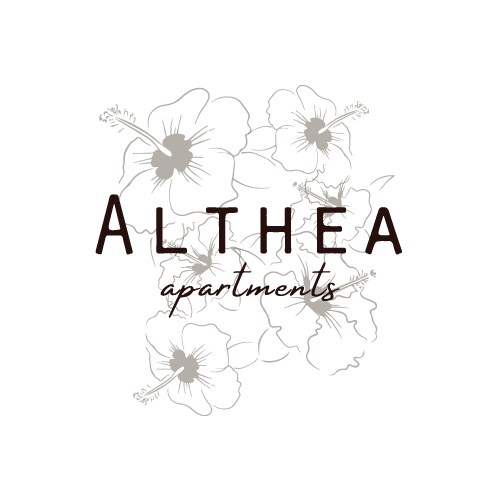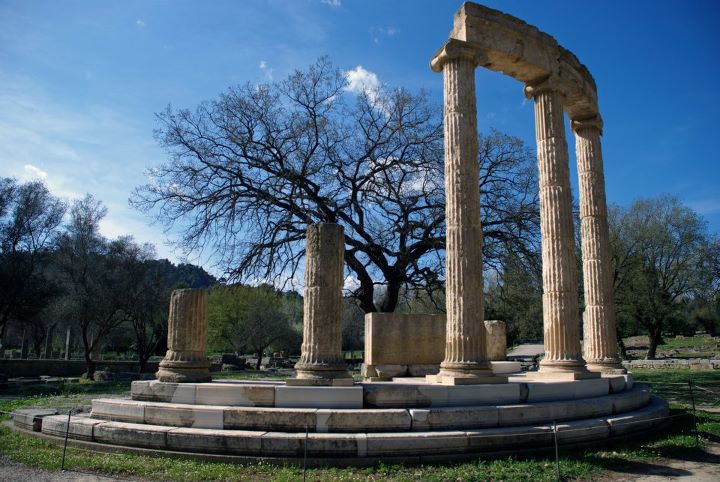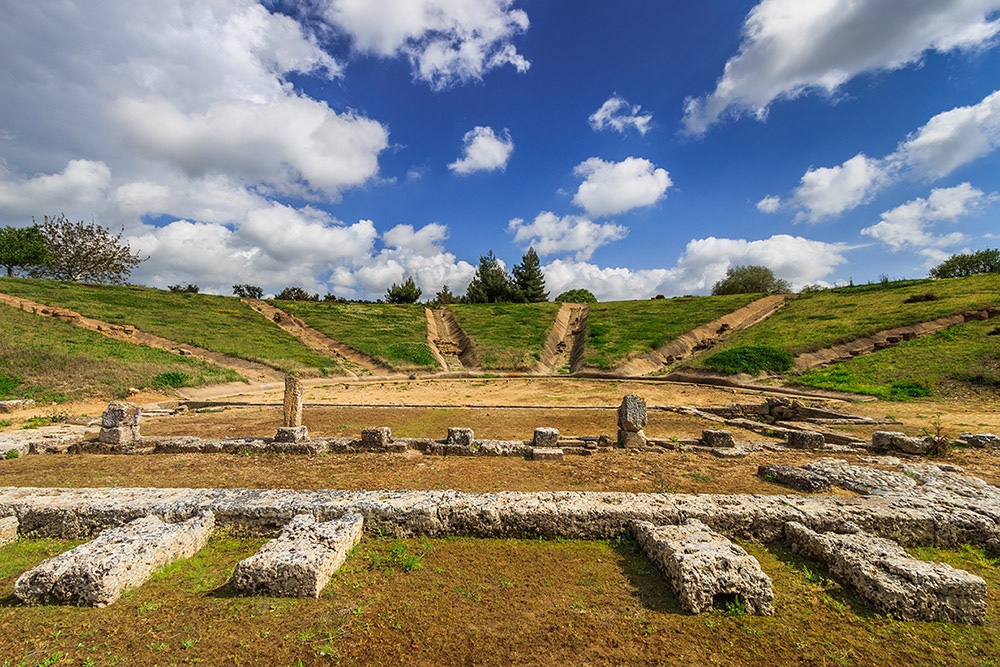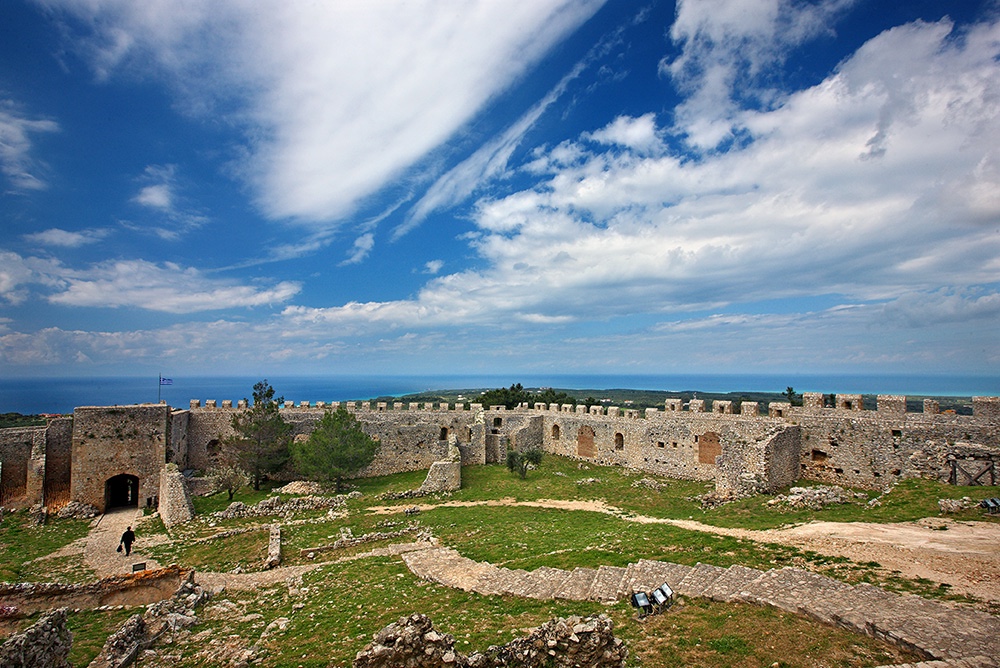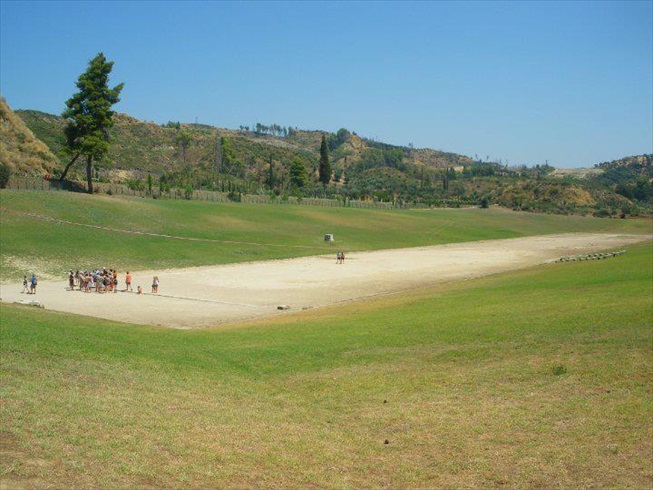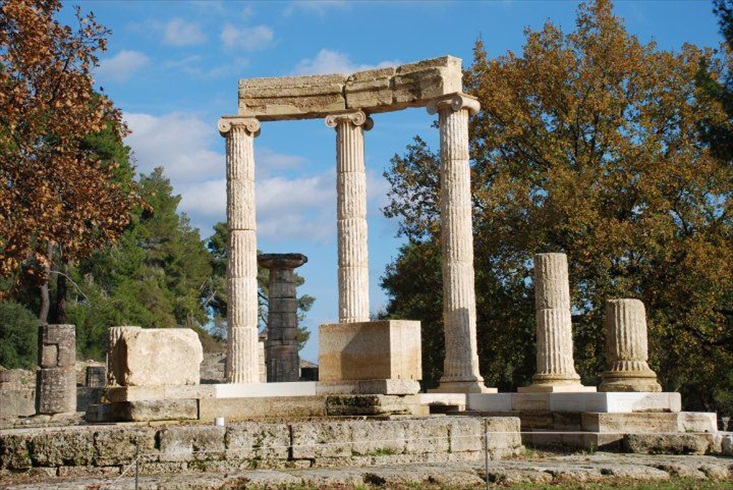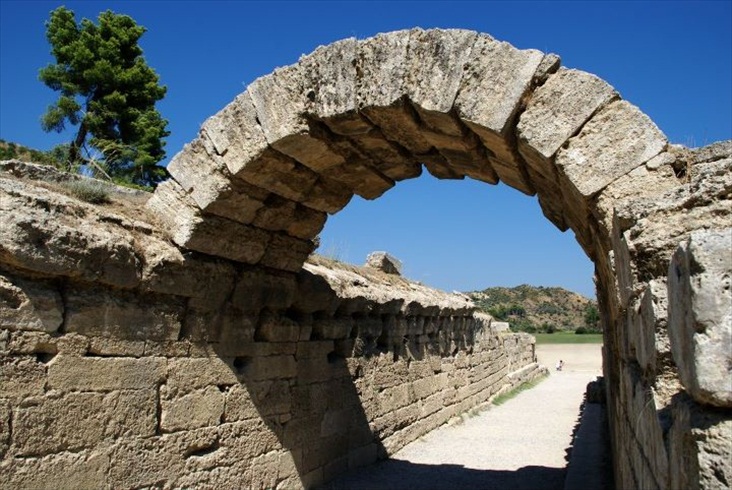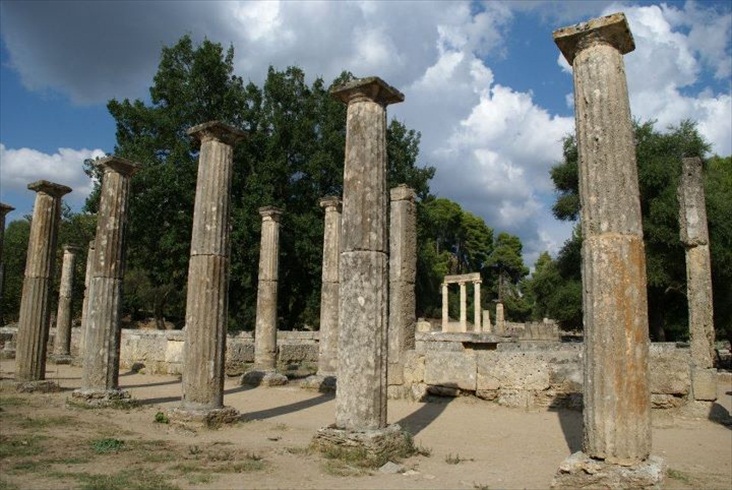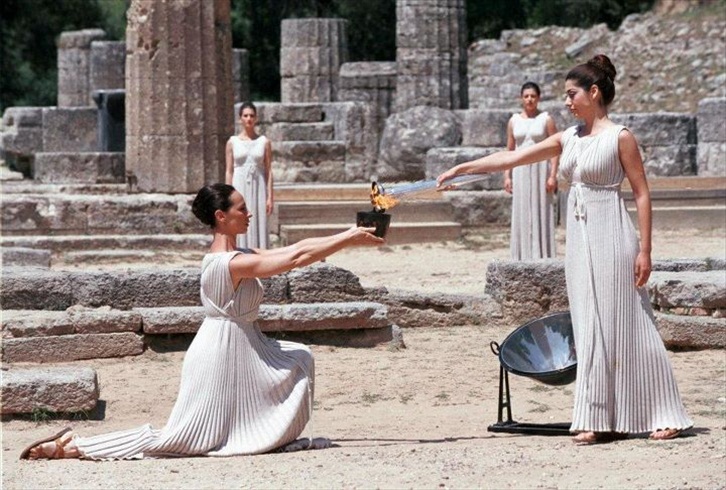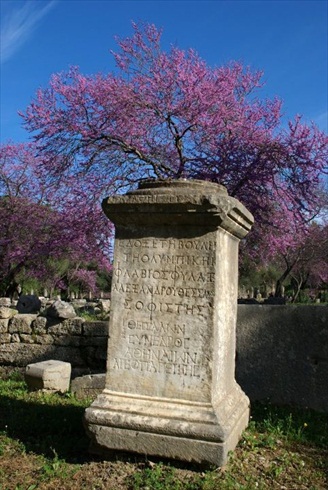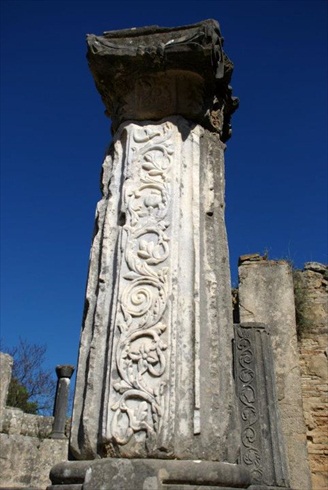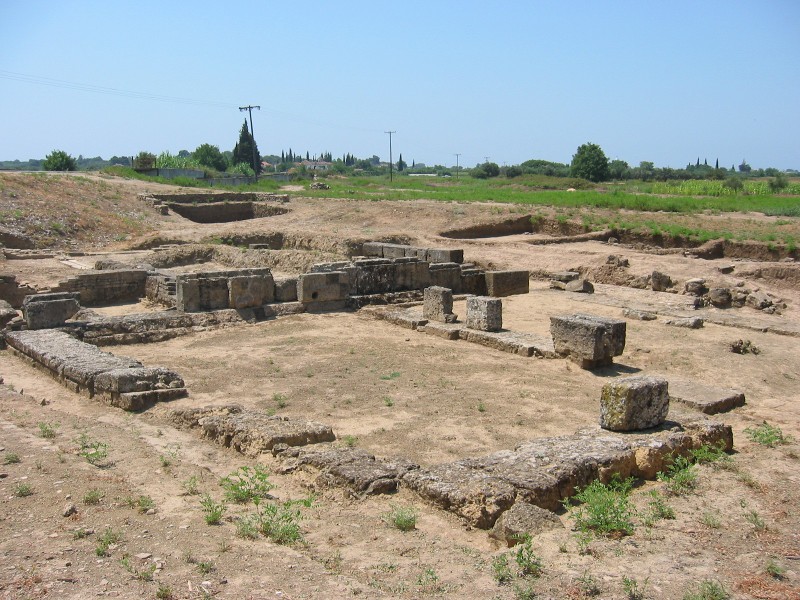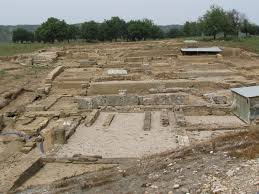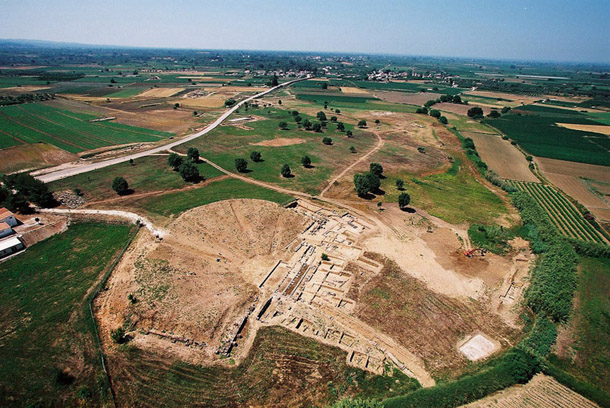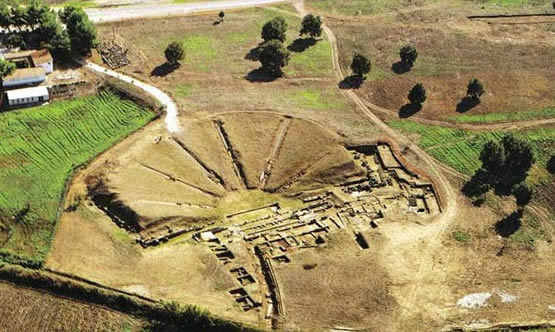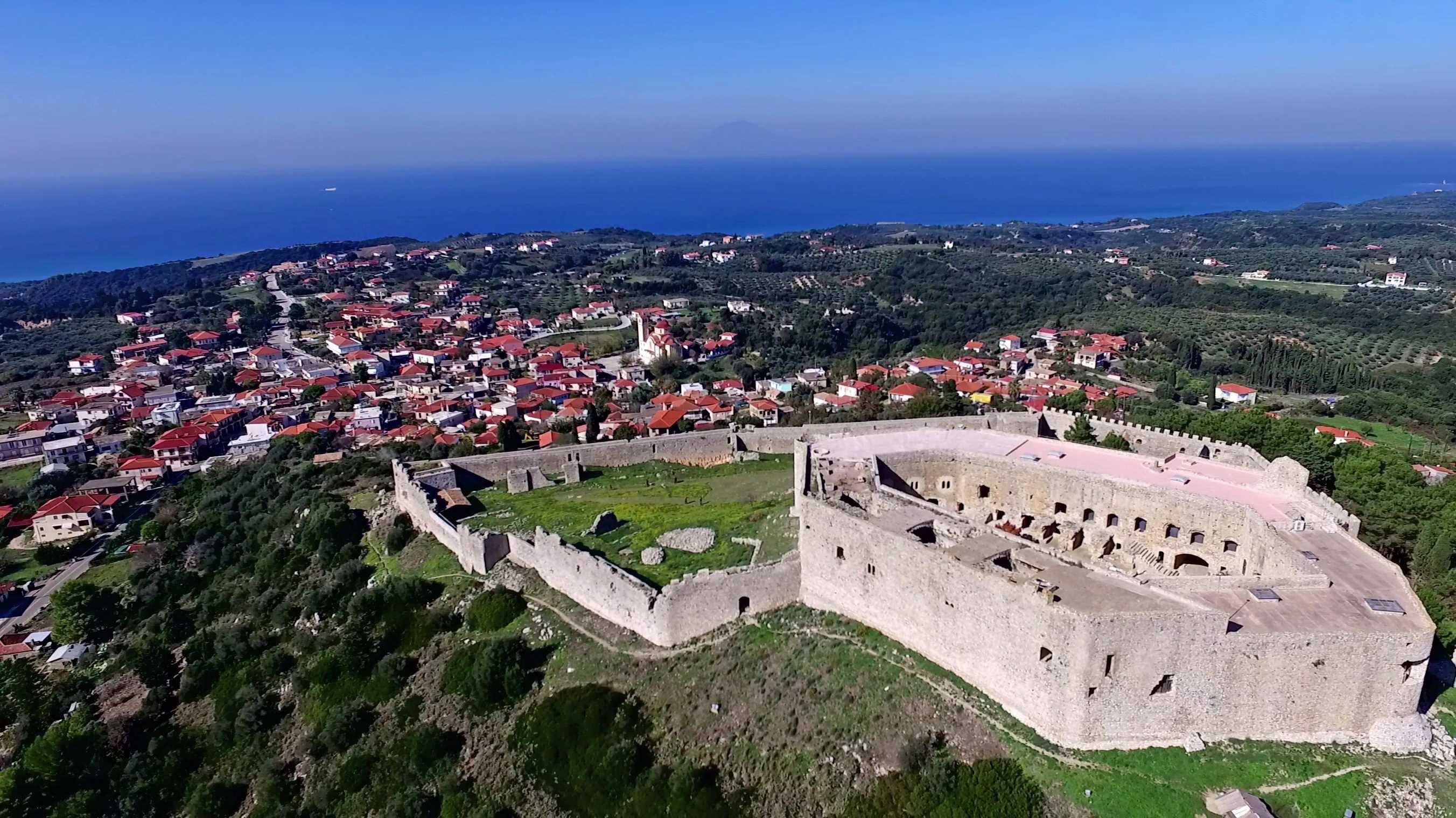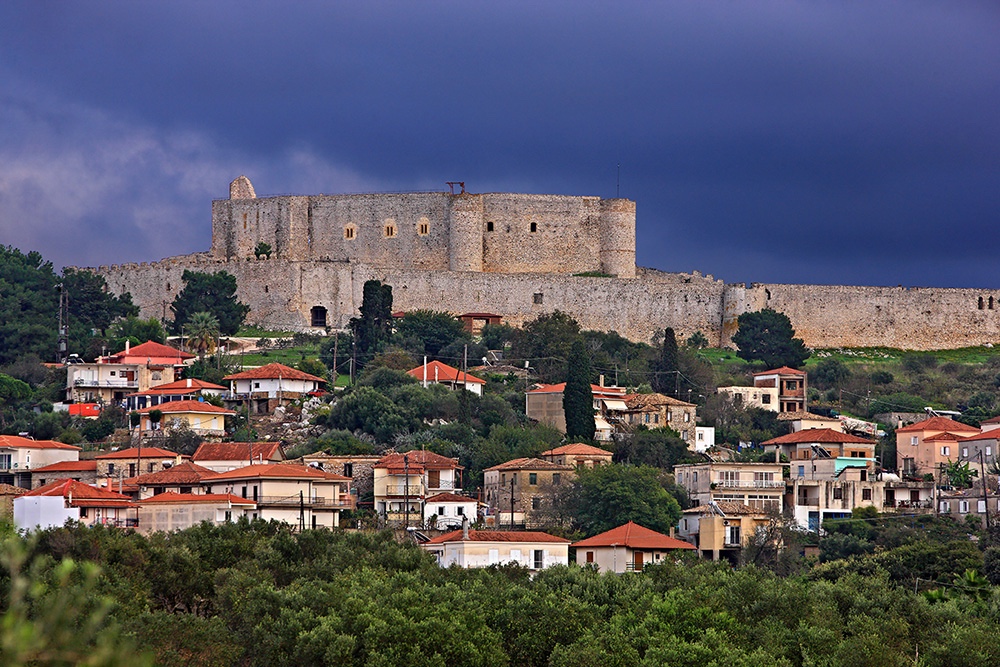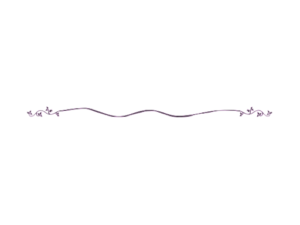
Ancient Olympia
Olympia is one of the most important sites for viewing classical-era Greek architecture and urban planning. Located within a short distance of the modern town known as Ancient Olympia .
Τhe site was used for Olympic games beginning in 776 BCE and ending in 393 AD, when they were ended because of their relationship to paganism. Though much of the site was built during the 5th-4th centuries BCE (Classical period), there are some earlier (Archaic) structures as well as Hellenistic and Roman ruins.
The most famous of all the buildings is the Temple of Zeus, which once held the gigantic statue of Zeus that was one of the Seven Ancient Wonders. It is believed that the site was buried under silt that resulted from tsunamis.
The site covers a large area and is best visited with a guide since there is so much to know and so many fascinating stories. Adjacent to the site is an Archaeological Museum which houses smaller items found at the site.
In preparation for the 2004 Olympic Games in Athens, a Museum of the Olympic Games was built in the modern town. It will be of interest to fans of the games and contains a nice collection of medals, stamps and photos from the modern games. The Temple of Apollo Epicurius is another hour drive from Katakolon. It was designed by one of the Parthenon’s architects and is considered one of the best preserved temples of the classic era in Greece.


Chlemoutsi Castle
Built in the 13th century, the Crusaders Castle sits on a hill not far from the Ionian Sea providing magnificent views of the surrounding countryside along with the islands of Zakynthos and Kefalonia. During the mid-15th century it was one of the castles of the last Byzantine Emperor, Constantine Palaiologos. In 1460 the Ottoman captured the Castle and held it until 1687, when a 50 year period of Venetian rule interrupted the Ottoman occupation. In 1825 it became part of newly formed Greece. The inner walls of the castle are hexagonal and have large, comfortable rooms with fireplaces. The outer walls are less regular and partially destroyed. Nonetheless, it is an important medieval monument providing a glimpse into the turbulent era.
A short distance north of the castle at Loutra Kyllini is an ancient spa area that has been redeveloped to provide modern and traditional spa treatments, including mud baths.
